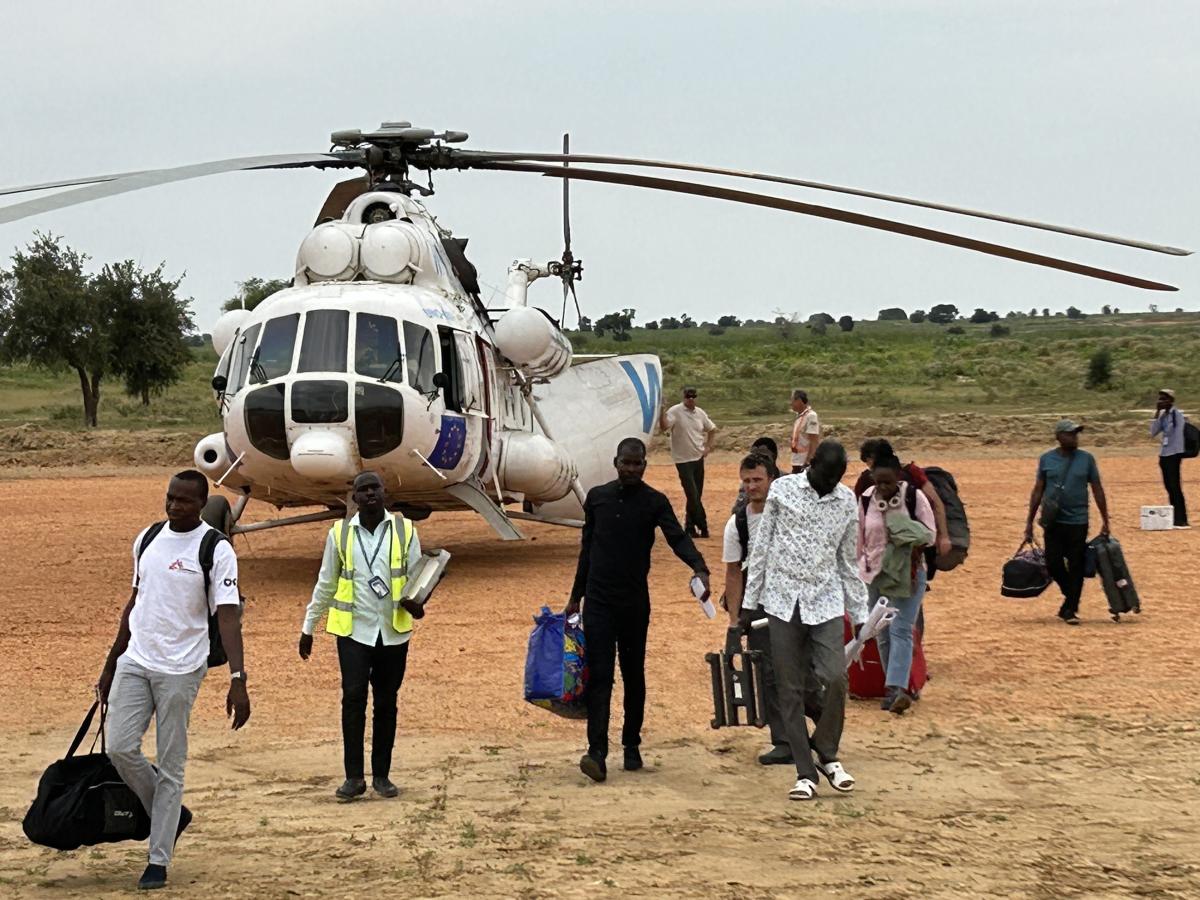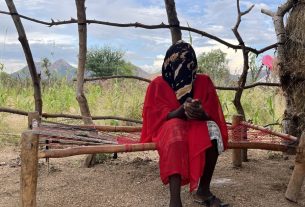Since the collapse of the regime in Khartoum in April 2023, Chad has been faced with a massive influx of Sudanese refugees.
Every day, up to 1,000 refugees cross into the eastern part of the country, fleeing the atrocities of constant militia fighting in neighbouring Darfur and beyond.
To respond rapidly to this emergency, which comes on top of food shortages, insecurity and the effects of climate change, the European Union has mobilised more than €25 million in addition to the funding already allocated in 2023. In total, humanitarian assistance to Chad in 2023 reached almost €57 million, doubling the initial amount.
Since the flare up of violence, Chad’s refugee population has shot past the one million mark – straining the response capacity of humanitarian partners – and the number of Sudanese refugees has more than doubled, with almost 530,000 people adding to the 407,000 already hosted in the country.
These vulnerable populations, mostly women and children, arrive in Chad in total deprivation and in urgent need of food, water, and other basic necessities. Psychosocial support for parents and children who have witnessed or suffered terrible violence is also critical.
As needs increase, humanitarian actors are called upon to rise to the challenge of the crisis in Eastern Chad, despite the insufficient funding and the risk of the situation deteriorating further after the rainy season.
They have to adapt to fast-moving scenarios in which the slightest delay can cost lives and make the situation worse.
Therefore, to complement the existing tools used in the EU humanitarian response, the EU has also activated the European Humanitarian Response Capacity (EHRC), a set of operational tools such as logistics services, pre-positioned stockpiles, and the deployment of expertise.
“We have set up these resources to give our humanitarian partners access to populations in distress,” states Ludovico Gammarelli, EHRC Coordinator. These assets facilitate the delivery of humanitarian aid in areas where humanitarian organisations have difficulty meeting the immediate needs of the affected populations. This is done through targeted actions involving EU partners already active in the field and participating EU countries.
In Chad, this initiative was implemented in several ways.
- A humanitarian air bridge: between May and October 2023, the EU operated 5 flights carrying over 450 tonnes of essential supplies for various EU humanitarian partners on the ground.
- The temporary deployment of a helicopter, in partnership with the UN Humanitarian Air Service, in eastern Chad to enable humanitarian workers to access hard-to-reach areas.
- The rehabilitation, in collaboration with local authorities, of an airstrip in the town of Adré – one of the main entry points for those fleeing Sudan – to enable the arrival of planes carrying humanitarian personnel and freight, as well as medical evacuations.
- The creation of a logistics hub in Adré, in partnership with HI/Atlas Logistique, to enable organisations to store and ship humanitarian supplies from there.
The resources deployed by the EU are greatly appreciated by the humanitarian community.
“The rehabilitation of the airstrip has considerably reduced the hassle of getting to Adré, solving many problems in terms of flexibility, and even the supply of humanitarian materials that are hard to find locally,” commented Benoit M., ACTED project manager in Adré. “The warehouse is of great interest to us. It enables us to store items free of charge, so that we can then redeploy them in the field and distribute them to our beneficiaries,” he added.
With no end to the conflict in Sudan in sight, the influx of refugees continues unabated at more than 32 border entry points in the east. In addition to 14 refugee camps already in Eastern Chad, 4 new camps have been built and 2 more are being planned. As needs are skyrocketing, further mobilisation and funding are needed to help both displaced and host populations.



